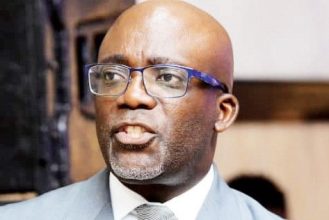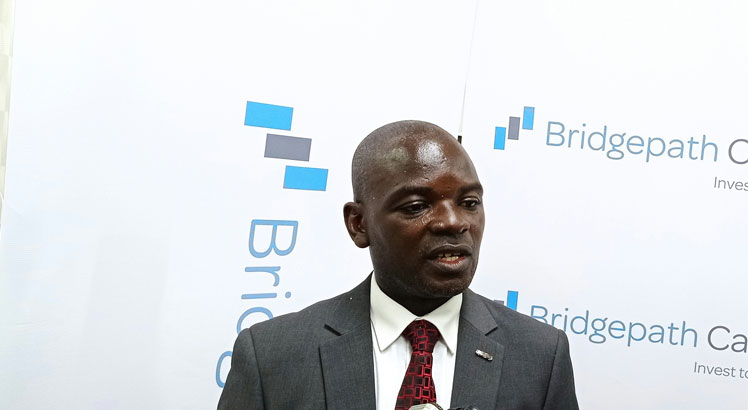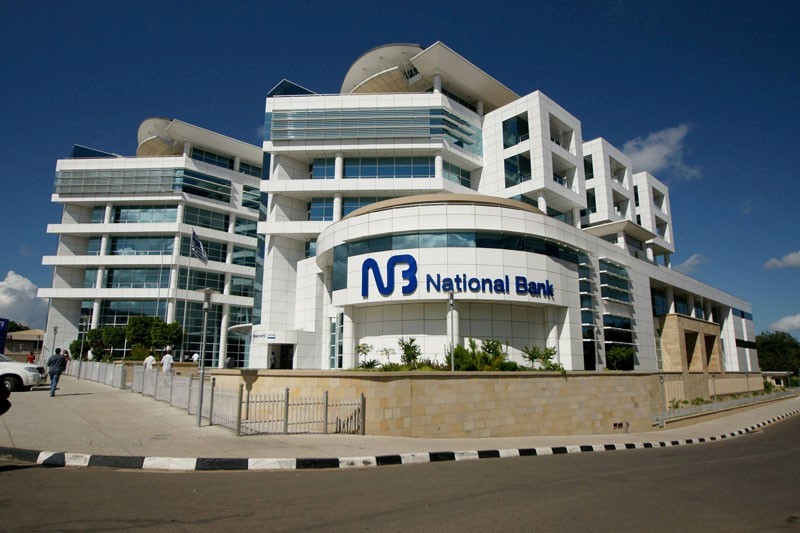High price of mortgage in Malawi’s economic turbulence

Blame it on low incomes and high rates, the mortgage to gross domestic income (GDP) ratio in Malawi stands at a meager 0.51 percent, a clear indication that most people struggle to access the facility.
The result, few people can afford to live in decent houses.
According to the 2008 FinScope Malawi report, majority of Malawians—two in every three households—live in traditional housing with a thatched roof and mud walls while 15 percent live in semi-permanent housing, built using more durable materials than traditional housing.
The study indicated that less than 20 percent live in permanent housing built using durable materials such as cement, iron, tiles or asbestos for the roof, burned bricks or concrete for the walls, and bricks, concrete or cement tiles, or wood for the floors.
The Centre for Affordable Housing Finance (CAHF) in Africa in its 2013 yearbook notes that mortgage rates trend the base lending rates.
According to the centre the mortgage rates reduced from 21 percent in 2007 to 19 percent by June 2010, but in 2013 are reported at 40 percent apparently due to both the devalued and floated kwacha which prompted the central bank to raise its base lending rate to 25 percent in October to rein in inflation.
According to property consultants Knight Frank, the residential market in Malawi has suffered from the effects of the chaotic economic situation following the devaluation and floatation of the national currency in May 2012.
The property experts argue that demand has fallen in both the rental and sales markets, particularly in Blantyre, nevertheless, there is a real constraint in the supply of housing, and this has caused rapid property price rises.
But most Malawians are poor and cannot afford mortgages at such high rates. According to the Finscope study more than half Malawians earn less than K5 000 ($15) per month thereby constraining access to and affordability for mortgage while only one percent of Malawians qualify for a mortgage.
According to CAHF, Malawi Housing Corporation (MHC) has built only about 10 000 units countrywide. The centre adds that a plan to build 4 200 houses and develop 5 800 plots between 2007 and 2011 had also not reached fruition, with only 481 houses completed.
The yearbook notes that realising that the huge demand for houses can only be satisfied by a mix of programme delivery options, MHC is reviewing the possibility of going into house construction projects in partnership with financial and other institutions.
This year MHC teamed up with the Chinese Henan Guoji Development Company to develop an integrated estate in Lilongwe covering an area of a project which seeks to deliver high quality houses that will be sold from $60 000 (K 20 million) for a two-bedroom house to $115 000 (about K 38.5 million) for a four-bedroom house.
Knight Frank managing director Don Whayo, responding to trends in the sector recently said the property market has been affected by the poor performance of the economy. This is the case because the market obviously follows what is happening in the economy.
Whayo pointed out the majority of the people in the country were not investing in the residential market like they normally did in the past and would do if the economy was doing well.
“The residential property market has lost its value. Currently, the interest rate of residential properties is at about 40 percent, nobody would be willing to take a mortgage of that amount of money. That would be almost suicidal,” he said.
He added that another factor which has led to the depreciation of the residential market is the high interest rates in the banks. Most Malawians cannot afford to take out loans because they cannot afford to pay of the exorbitant interest rates.
Whayo further stated that these high interest rates are the ones which are hindering the development of the residential property market because people cannot afford to buy or build properties with borrowed funds.
“Until we start seeing the general performance of the economy improving and the interest rates coming down the residential property market will not function properly. Values will continue being affected negatively because of the high interest rates,” Whayo said.
However at the fifth meeting of the Monetary Policy Committee (MPC) meeting held on September 26 2013, members resolved to maintain the bank rate—the rate at which commercial banks borrow from the central bank and a determinant of commercial lending rates—at 25 percent to sustain the tight monetary policy stance against the backdrop of emerging risks to inflation.






Its only cash gate thieves who can afford to build houses without mortgages. IFMiS suburb (area43) is what I am referring to here